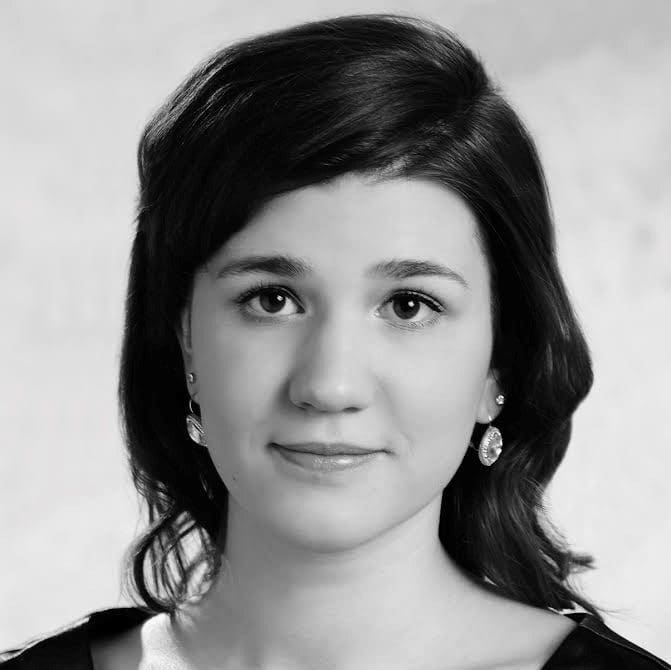




The most recent leaks to The Guardian reveal how Uber organised secret meetings, lobbied politicians and paid academics to promote its business. The scandal has reached several high ranking politicians from Emmanuel Macron to Joe Biden.
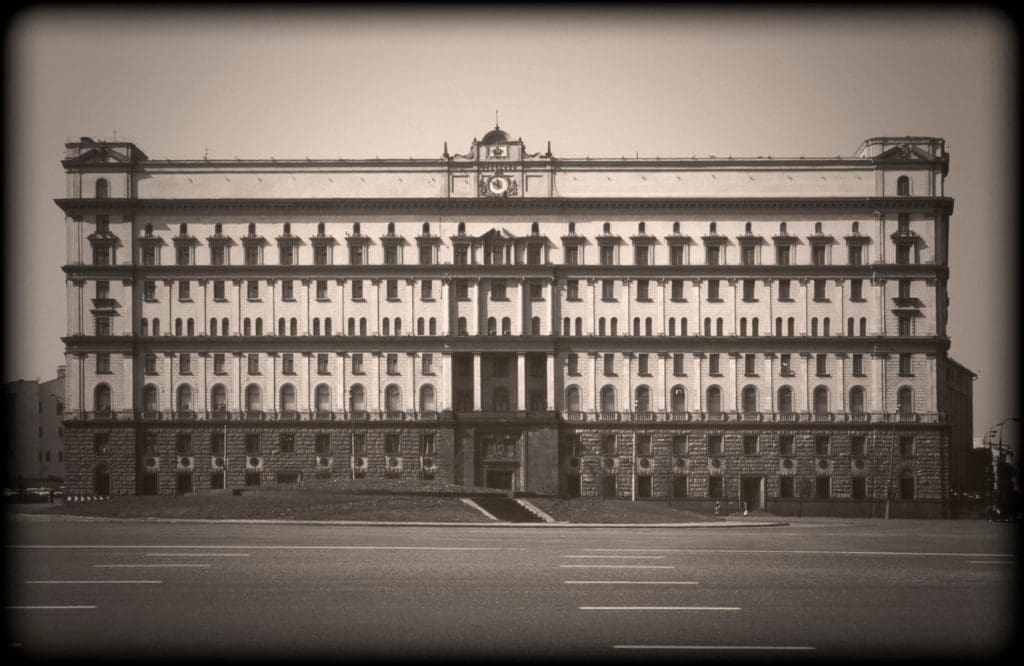
Disinformation, fake news or active measures to ideologically subvert the Western world – 38 years ago a former KGB agent, Yuri Bezmenov exposed Soviet techniques to ideologically undermine the Western world. The ideological capture of some Western institutions bears an uncanny resemblance to what he described as the KGB’s plan to demoralise the American society.

Given the debates over abortion in the United States, it is worth reviewing Hungary’s situation, where abortions have considerably decreased in the last ten years without any change in the abortion regulation.
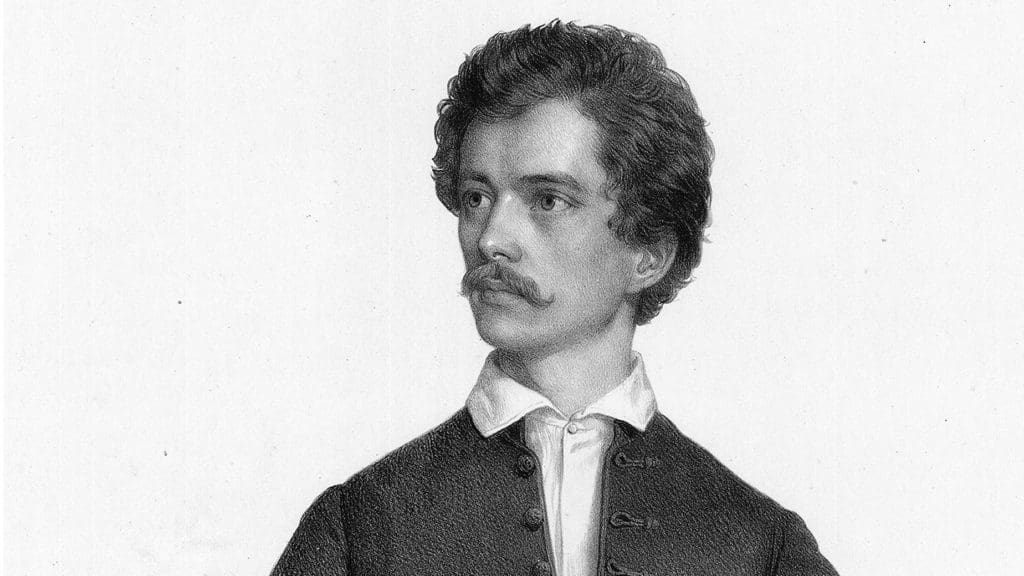
2022-2023 is dedicated to the bicentenary of Hungary’s greatest national poet, Sándor Petőfi. He is one of the internationally best-known Hungarian poets and the most influential representative of Hungarian Romanticism. He has given his life for his ultimate ideal – the liberty and independence of Hungary.

How did feminism which was predicated on pursuing the equality of women disconnect from those it was supposed to serve?

As colonel commandant, Kováts’s main mission was to train a cavalry in the tradition of Hungarian hussar tactics. Within months, the legion had become the best-trained and most reputable cavalry unit fighting in the Continental Army.

As a “warm-up” UATX launched its first in-person programme earlier this summer in Dallas. The summer university was titled ‘Forbidden Courses’ and it was dedicated to the most vexing questions of our time.
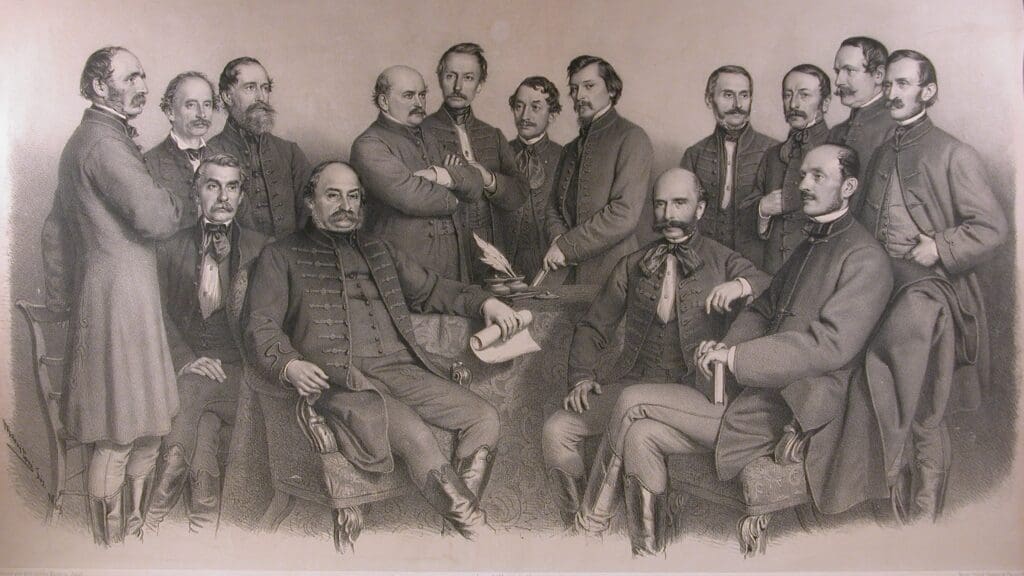
The memorial day is dedicated to honouring the hard work, the unrelenting sacrifice and outstanding achievements of healthcare workers in Hungary.

According to the Doctrine of the Holy Crown, the Crown itself has a personhood that is identical to Hungary. The Doctrine holds that Hungary is of the Holy Crown, everything that Hungary is, belongs to the Crown himself.
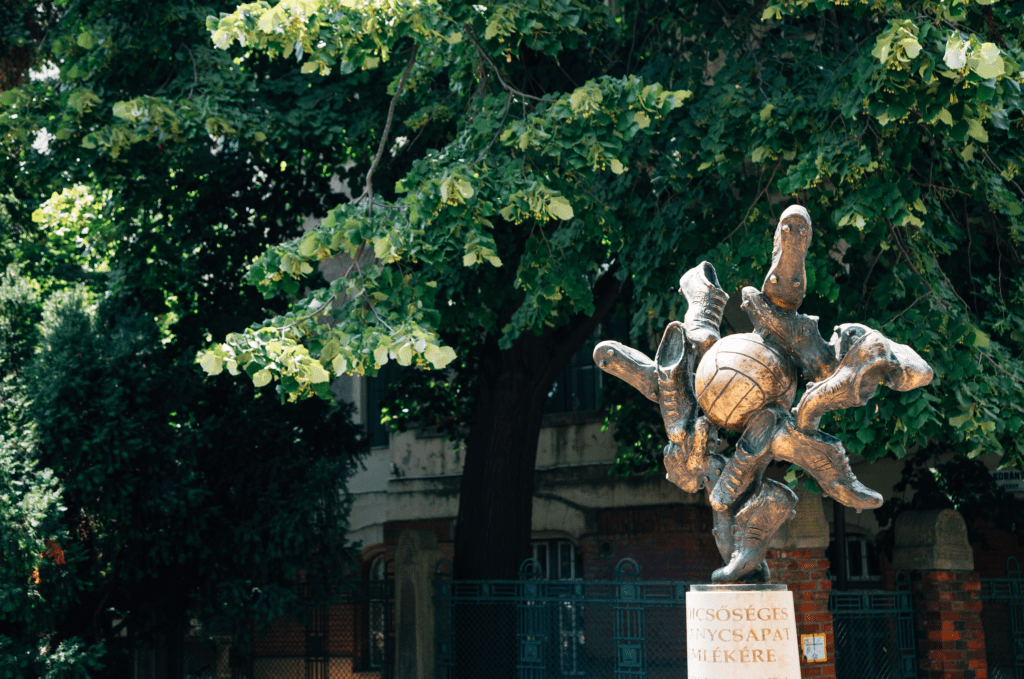
Much of Hungary’s current pride and interest in football dates back to this period and to the successes of the Golden Team.

Given the PISA results, there is some indication that in Hungary the performance of students in schools is more profoundly determined by their family background than in other OECD countries.

There are two things that are common about Elena Ceaușescu and Trofim Lysenko – first, both of them were possessed by Marxist ideology and second, that their social class (unprivileged background) made their elevation “ideologically convenient” for the regimes of the Eastern Bloc.

The moderation of Budapest’s role is largely due to the high share of infrastructure related public investments which developed Hungarian regions more than the capital.

In this article we further investigate the persistence of inequalities under state socialism to demonstrate that it is not only impossible to eradicate inequality, but that inequality is a phenomenon far too complex for any single ideology to single-handedly address.

During the 1956 Revolution, as prime minister, Imre Nagy committed the Hungarian regime to introduce a free multiparty system, leave the Warsaw Pact, and work towards the neutrality of the country.
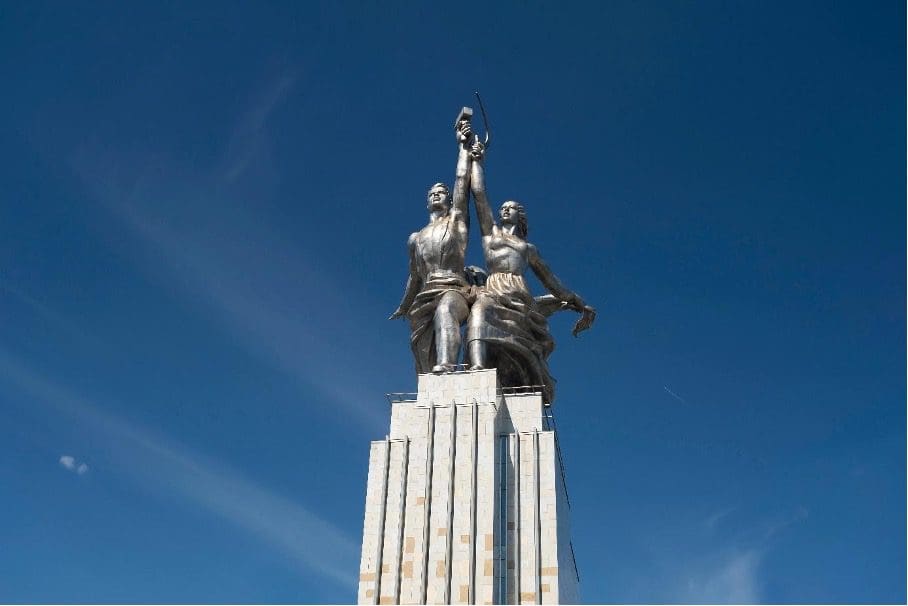
In his self-criticism after the Revolution, one of the leading politicians of state-socialist Hungary admitted that they were interested in only having the ‘right number of women’ in positions of responsibility, instead of genuinely working on women’s equality in representation.

Hirsi Ali establishes a link between immigration and increasing sexual violence against women, and traces back the root of the problem to the cultural differences between Christian Europe and Muslim-majority countries.
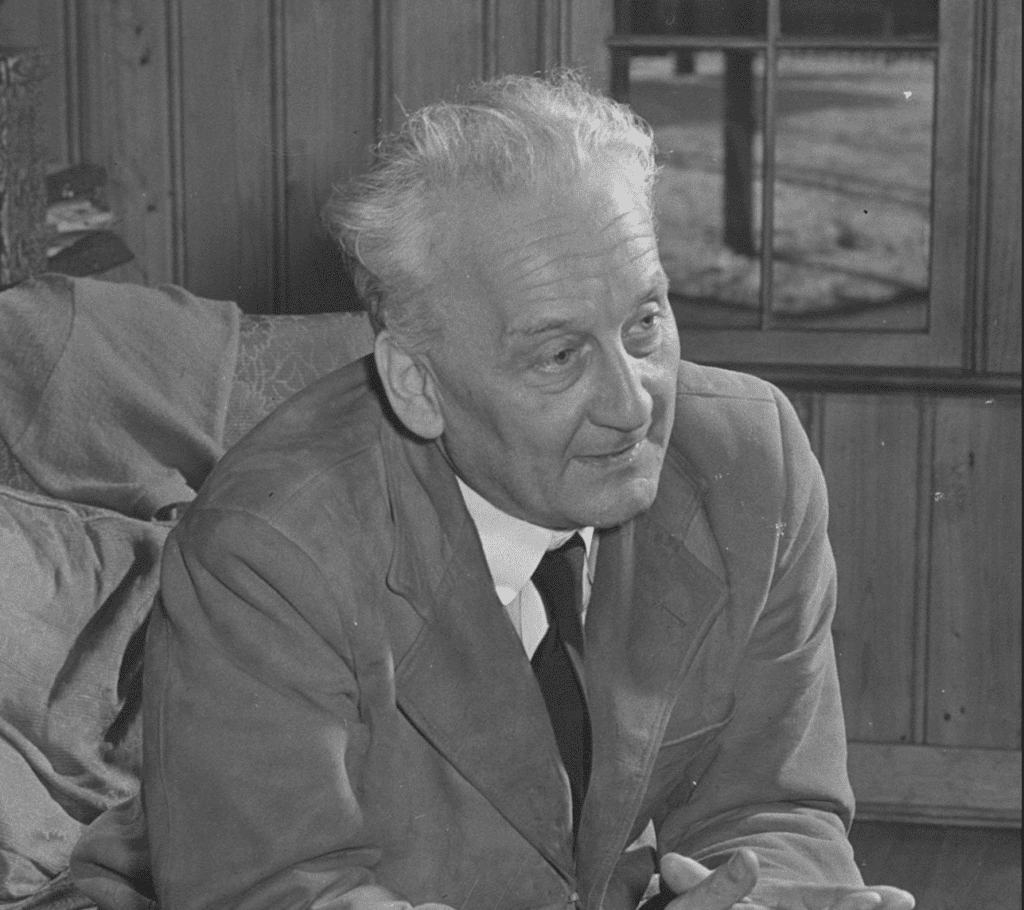
This particular date on which the achievements of Hungarian inventors is celebrated was selected because one of the first Hungarian Noble Prize winners, physician and biochemist Albert Szent-Györgyi, who first isolated vitamin C and discovered the components of the citric acid cycle, announced his invention on this day in 1932.
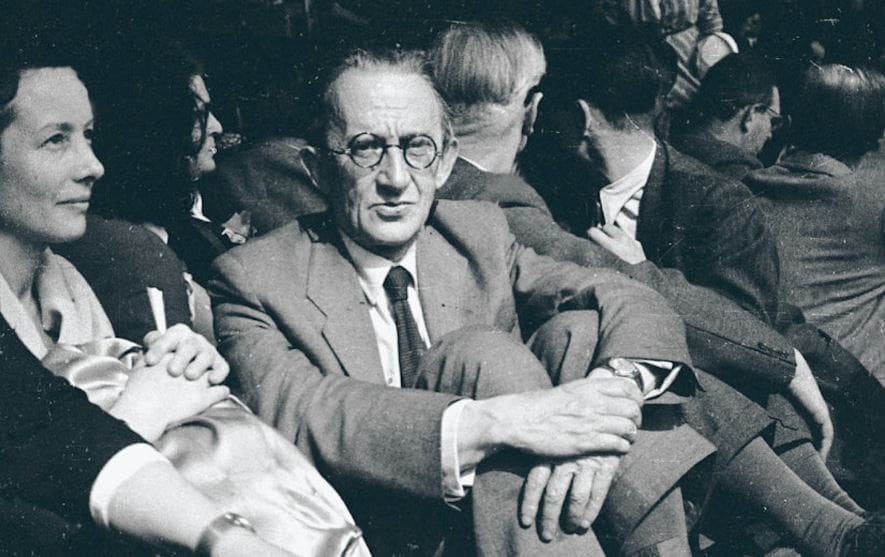
Some argue that the current push in the USA to extend discussions about sex in schools originates from György Lukács, and it has very malevolent intentions.

One of the greatest achievements of the new Protestant belief was delivering the first complete Hungarian translation of the Holy Script and promoting literacy and the use of Hungarian to the general population.
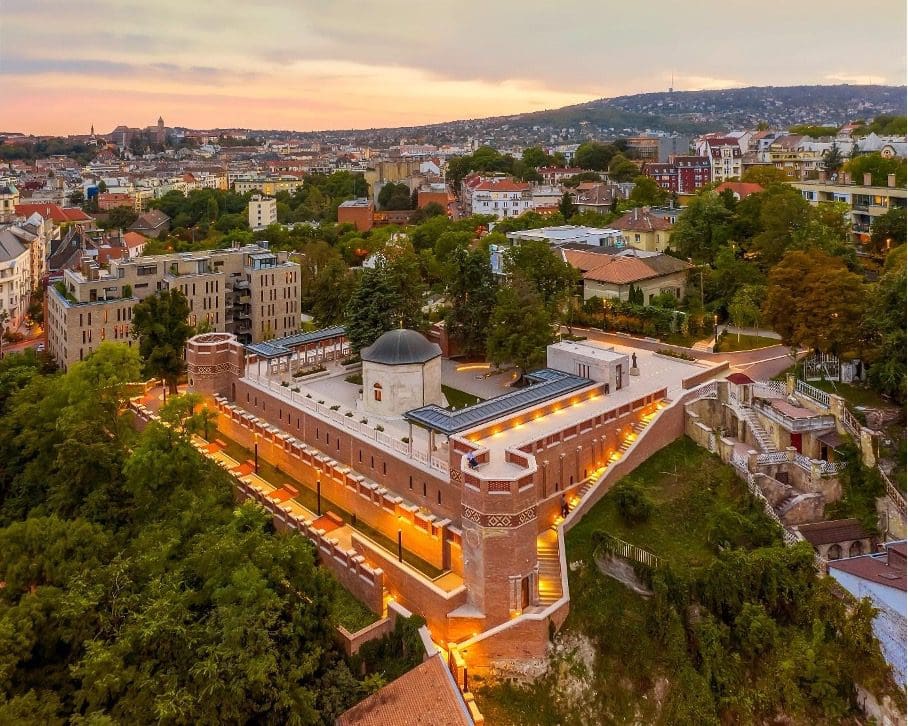
The conquerors shaped Hungarian cities and architecture: Christian temples were redesigned as mosques, new minarets and spas were built.
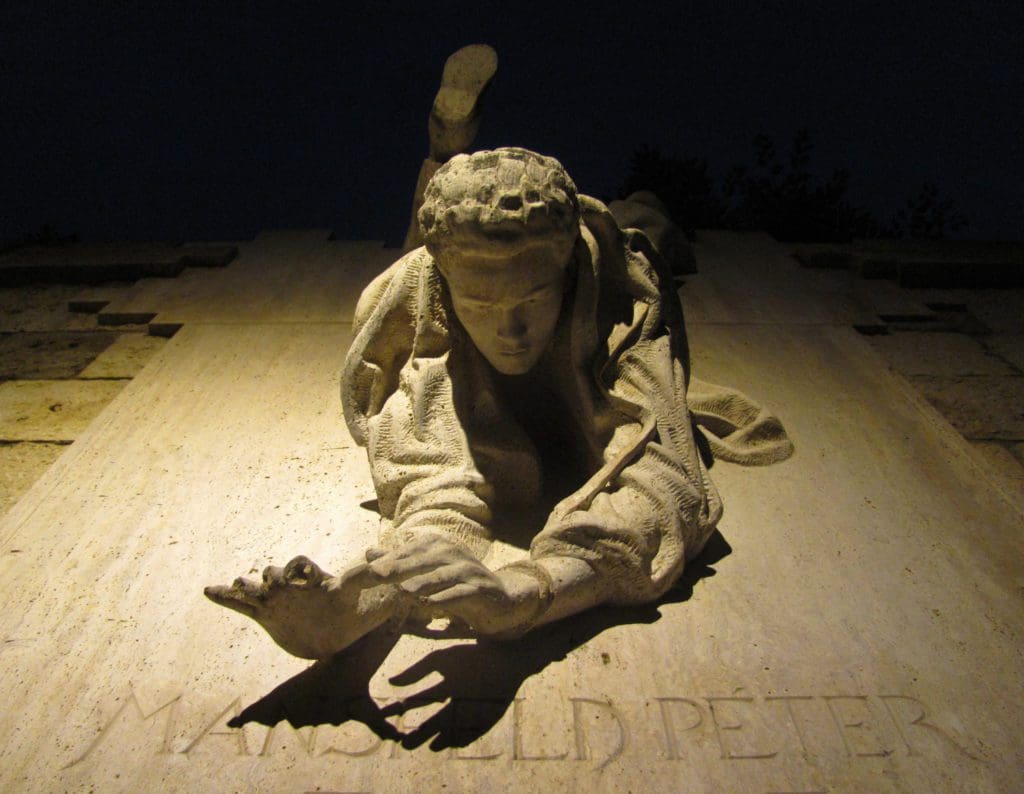
The collective Hungarian memory remembers him as a modern day martyr who fought for and believed in the freedom of Hungary until his premature death.

Overall, the German automotive industry employs around 50, 000 people in the country and generates 2.5 per cent of the Hungarian GDP. The production value of the industry rose by 165 per cent between 2010-2019, so the influence and significance of the auto manufacturing industry is on the rise in Hungary.

The reports collected by the secret police were not necessarily political in nature – secret agencies collected information about the personal life of poets, sportsmen and the cultural elite, not only about the political opposition.
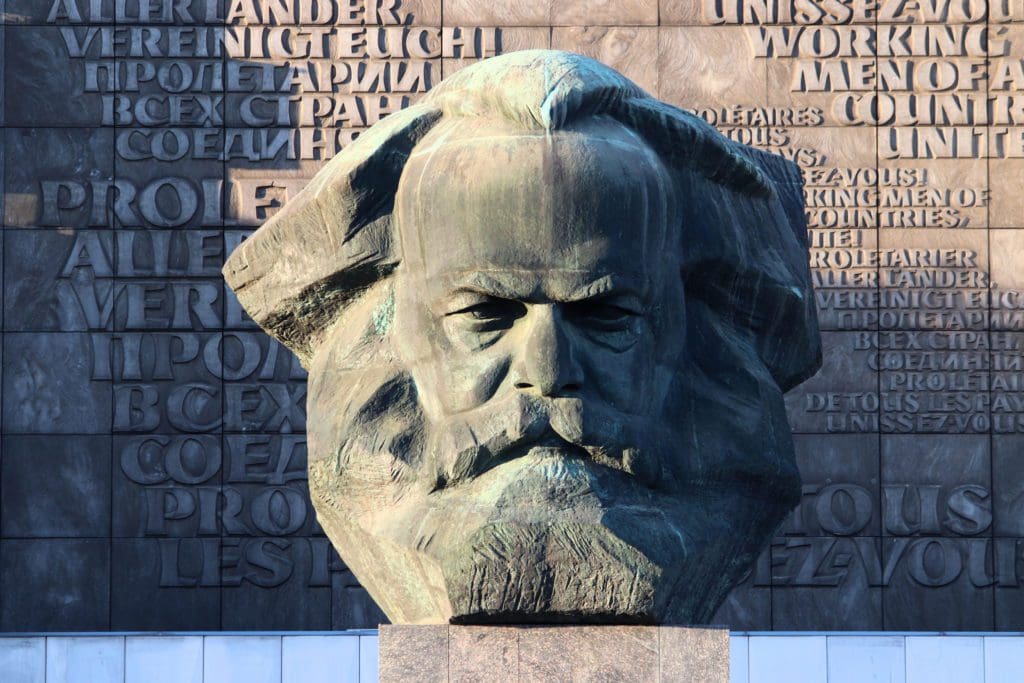
The deep and embedded inequalities of state socialist regimes should not be forgotten – their prevalence shows both the failure of any projects to eliminate inequalities as well as the fact that inequalities are naturally part of human existence.

As a consequence of the treaty, four million Hungarians became overnight the citizens of foreign countries, some of them newly formed.

Hungarian universities are increasingly successful in attracting more and more international students. The number of international students studying in Hungarian higher education has been increasing steadily over the last couple of years.

In Hungary, emissions decreased by 32 per cent by 2018 compared to the 1990 levels, which is more favourable than the EU average.

Hungary contributed financially the most—among the Visegrád Four countries—to prevent a climate crisis.

In 2020, a year in which poverty deepened due to the global pandemic, as opposed to the decreasing trend of the previous decade, the relative income poverty rate was 12.7 per cent in Hungary, compared to the EU average of 16.5 per cent.